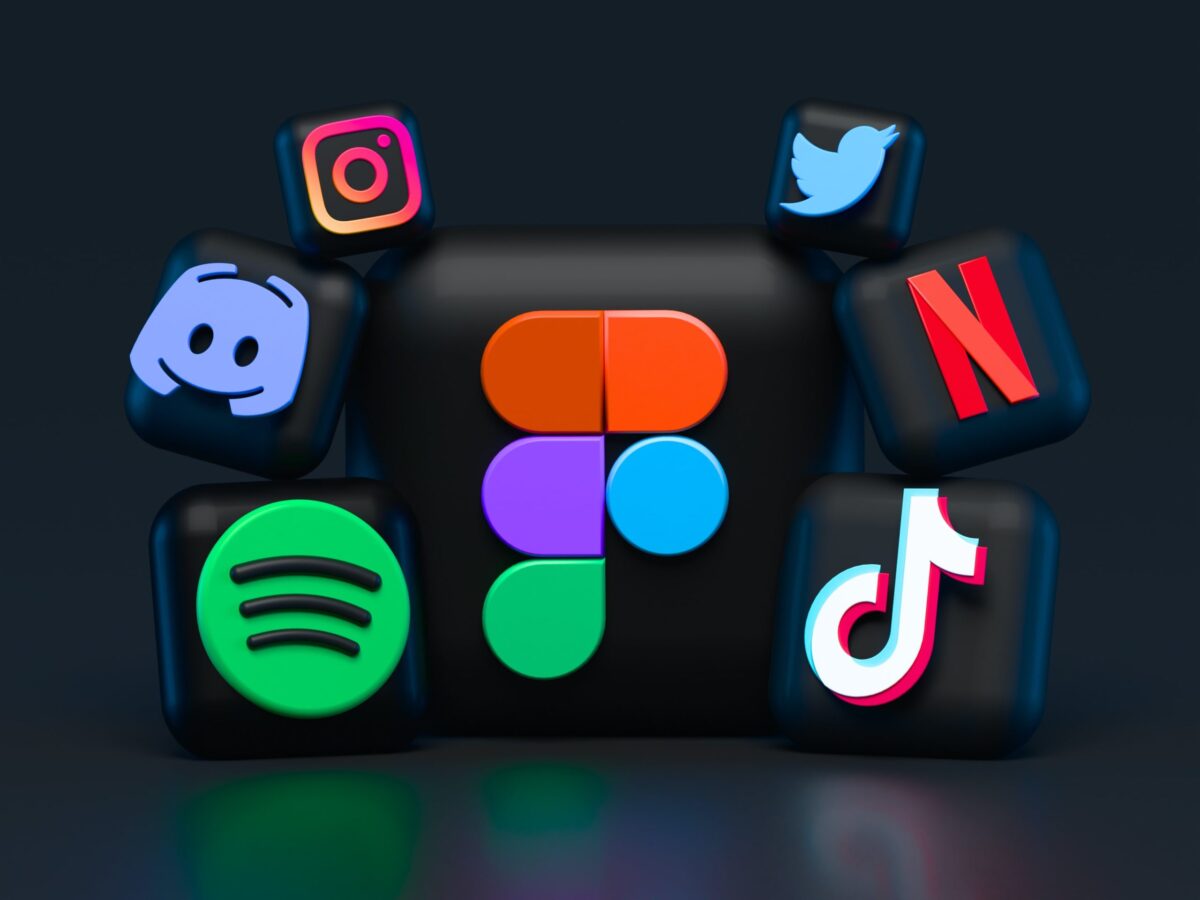

When I was growing up in a big family during the 80s and 90s, we would gather around the TV once or twice a week to watch whatever sitcoms were popular. It might have been Roseanne, Full House, Family Ties, Grace Under Fire, or the like.
We grabbed our snacks and whatever seat was available. It was a family ritual, because that day and time was the only opportunity to watch the show!
Now, because of streaming services like Netflix and Hulu and online platforms like Youtube, we can watch shows whenever we want. Our TV has become “on-demand” and we expect to be entertained whenever we want to be.
Buying is Now “On-Demand”
The internet has fundamentally changed more than just how people watch television. It has changed how we access and use information in general. This has had a big impact on the buying process, and it’s why the sales process also has to evolve.
The buying process used to be full of information asymmetry: The sellers has a lot more information than the buyers. And therefore the buyers didn’t have easy access to the insights they needed to make the best decisions.
They were at the mercy of salespeople. That’s why “interruption sales” techniques worked. The buyer had to act when they had a salesperson giving them more or better information. If you were a buyer, there was a legitimate chance that the person cold calling you might actually have a solution that you didn’t know about.
Since buyers can now get all of the information they need with a simple Google search, the playing field as been leveled. They can now move through their buying journey at their own pace and when they want. The buying process has become “on-demand” as well.
In fact, transactional sales where the traditional sales techniques worked is rapidly being overtaken by automation and AI. Why should a buyer be at the whims of a salesperson when they can go to a robust web platform, get their questions answered, and place an order?
Buyers Buy When They’re Ready
Salespeople don’t have the control like they did in the past. They don’t have the same ability to push and pull prospects like they did in the past. The modern salesperson has to recognize this shift in the dynamic between buyer and seller. It’s no longer effective to simply urge the buyer to operate on the seller’s schedule.
That doesn’t mean that the salesperson isn’t valuable. In fact, they’re more important than ever.
But their role has shifted. Now, it’s critical that they provide guidance for their prospects and customers as they go through their own buying journey. Research shows that buyers are doing a lot more research before they ever engage with a salesperson.
In this world, salespeople don’t find success by pushing and bothering their prospect. Instead, success comes when they position themselves as a guide: as a Sales Sherpa™ to lead them through the unknowns and obstacles in the buying journey. They want to be seen as someone who can help give context and meaning to all of the information out there. Buyers don’t necessarily know how to make sense of all of the blog articles, white papers, and review videos available “on-demand” to make the best buying decision.
3 Ways to Leverage the On-Demand Sales Landscape
To stay relevant in the on-demand economy, modern salespeople need to become the go-to resources for their prospects and customers. Here are three ways you can find success in this environment:
1. Position Yourself as an Expert
If you are just a brochure-deliverer and order-taker, you aren’t adding to your prospects’ buying journey. You want to position yourself as an expert in your field that can answer their questions. Consistently add to your knowledge base and personal network so you have access to the connections your buyers need. And offer that information freely and openly so that you are seen as a knowledgeable advisor.
2. Invest in Relationships for the Long-Term
When you first approach a prospect, they might not need what you are offering. That doesn’t mean that they will never need your products and services. The goal is to ensure that you are the person they contact when they are ready to make a purchasing decision. Don’t dismiss a potential contact just because there isn’t an immediate and obvious need. Cultivate the relationship over time so that you’ve built up trust with them when they’re ready to buy.
3. Stay Top-of-Mind
It’s important that you remain top-of-mind with your network so that you are a natural choice when people are looking for what you offer. The goal is to create a consistent presence that keeps you on their radar. Use digital platforms like LinkedIn, Twitter, or Facebook to share content from your field. Use offline relationship building opportunities like conferences and networking events to re-connect with people on an interpersonal level. You don’t have to be their best friend, but you want to regularly remind them that you are there and available to help.




